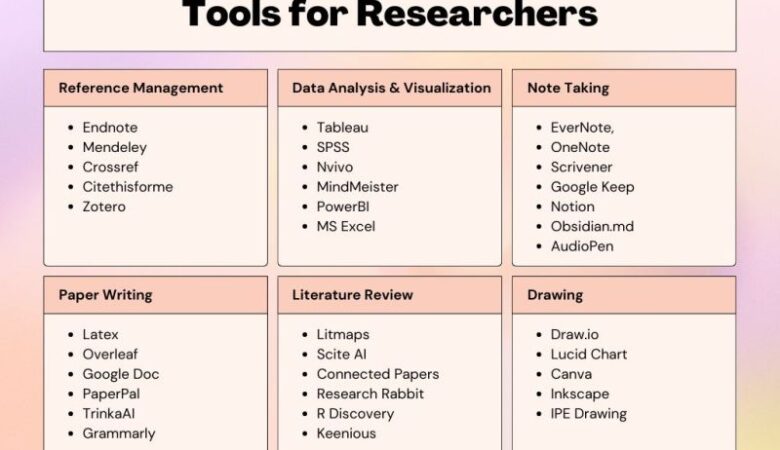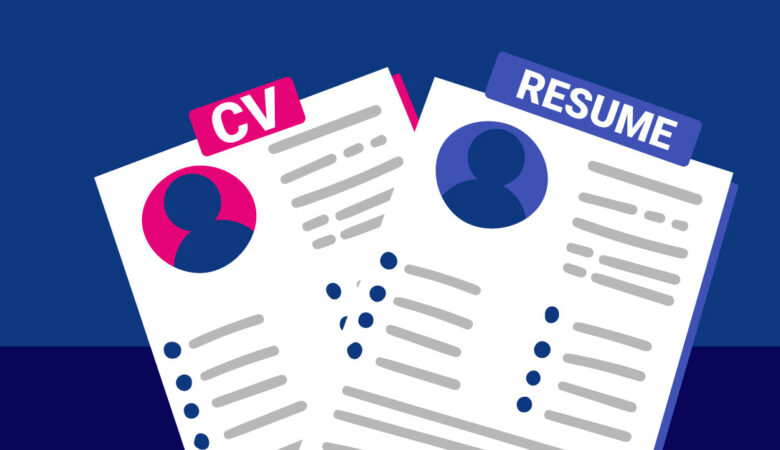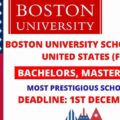Congratulations! You’ve been invited to a scholarship interview—a testament to your hard work and potential. Yet, curiosity, excitement, and nerves can swirl in your mind. The good news? With strategic preparation, you can tackle scholarship interview questions with poise, authenticity, and confidence. This comprehensive guide will not only help you craft impressive answers but also ensure you understand the dos and don’ts of a winning scholarship interview. Let’s dive in.
1. Master the Fundamentals: What Makes a Great Scholarship Interview?
A scholarship interview is your chance to demonstrate why you deserve financial support. Beyond your grades and résumé, interviewers look for:
- Passion & Purpose: Genuine enthusiasm for your field of study and clear long-term goals.
- Communication Skills: Articulate, concise, and engaging storytelling.
- Character & Fit: Evidence of leadership, community involvement, and alignment with the scholarship’s mission.
- Maturity & Professionalism: Punctuality, appropriate attire, and respectful demeanor.
By focusing on these core attributes, you’ll position yourself as a standout scholarship candidate.
Strategy #1: Practice with Purpose
Mock Interviews: Schedule practice sessions with a mentor, teacher, or friend. Record yourself to identify filler words (“um,” “like”) and refine your tone.
Create a Question Bank: Compile a list of common scholarship interview questions (see Section 5). Draft bullet-point responses, then practice expanding on them naturally.
Elevator Pitch: Prepare a 30–60 second self-introduction that covers your background, ambitions, and why you’re a strong candidate. This “hook” sets a positive tone.
Simulate Pressure: Practice under timed conditions or have someone ask you unexpected follow-ups. This builds composure when real curveballs arise.
Pro Tip: Instead of memorizing scripts, memorize key points and stories. This keeps your delivery authentic and prevents sounding robotic.
Strategy #2: Conduct Thorough Research
Scholarship Mission & Values: Review the sponsoring organization’s website. Note their goals—academic excellence, community service, leadership—and tailor your answers to reflect those priorities.
Program & Institution: Understand the university’s flagship programs, campus culture, and recent achievements. Citing specific faculty, research centers, or initiatives demonstrates genuine interest.
Interviewer Background: If you know the interviewers’ names, search their LinkedIn or university profiles. Identify shared interests or professional milestones to create rapport.
Current Events & Industry Trends: If your scholarship relates to STEM, arts, or business, brush up on recent advances—AI breakthroughs, climate policy changes, or market innovations—to show you’re well-informed.
Keyword Focus: Incorporate bolded terms like scholarship interview, scholarship interview questions, and scholarship tips strategically in your responses to mirror the interviewer’s language and underscore your preparation.
Strategy #3: Cultivate Calm & Confidence
Relaxation Techniques: Practice deep-breathing exercises (inhale for 4 counts, hold for 4, exhale for 6) before entering the room. Progressive muscle relaxation can relieve tension in shoulders and neck.
Positive Visualization: Spend a few minutes imagining yourself answering confidently, smiling, and building connection with the interviewer. This “mental dress rehearsal” primes your mind for success.
Professional Presence: Dress in clean, conservative attire. A neat blazer or dress conveys seriousness. Ensure attire is comfortable to prevent distraction.
Body Language: Maintain a relaxed posture, offer a firm handshake, smile genuinely, and make regular eye contact. These non-verbal cues signal confidence and engagement.
Strategy #4: Structure Your Answers with STAR
The STAR method ensures your responses are clear, concrete, and impactful:
- Situation: Briefly describe the context or challenge.
- Task: Outline your role or responsibility.
- Action: Detail the specific steps you took, emphasizing skills and decision-making.
- Result: Quantify the impact (metrics, awards, recognition) and reflect on lessons learned.
Example:
Q: “Tell us about a leadership experience.”
A: “During my junior year, our environmental club faced low participation (Situation). As newly elected president, I aimed to boost engagement (Task). I launched a campus-wide sustainability campaign, collaborating with local NGOs and using social media to promote weekly events (Action). Attendance tripled in three months, we secured a $2,000 grant for recycling bins, and the club was recognized at the state conference (Result).”
This framework ensures your answers to scholarship interview questions are both concise and memorable.
6. Strategy #5: Ask Insightful Questions
An interview is a two-way conversation. Near the end, you’ll often be invited to ask questions. Prepare 2–3 thoughtful queries that demonstrate your interest and critical thinking:
Program Fit: “Which skills have past scholars found most valuable in succeeding within this program?”
Institutional Culture: “How does the university foster collaboration between scholarship recipients and the broader student body?”
Future Outlook: “Can you share any upcoming research or community projects that scholarship awardees have the opportunity to join?”
Avoid questions about salary, vacation time, or anything easily found online. Instead, use this moment to highlight your long-term commitment and big-picture vision.
7. Top 15 Scholarship Interview Questions & How to Answer Them
| Question | How to Answer |
|---|---|
| 1. Tell us about yourself. | Summarize your academic journey, key achievements, and career aspirations in 60 seconds. End with why this scholarship matters to you. |
| 2. Why did you choose this field of study? | Share a personal anecdote or pivotal moment. Link past experiences to your passion and future goals. |
| 3. Why this university/program? | Highlight unique program features, faculty research, or campus culture that align with your ambitions. |
| 4. What are your career goals? | Outline short-term (graduate) and long-term (career) objectives. Show how the scholarship bridges the gap. |
| 5. Why do you deserve this scholarship? | Emphasize your strengths, achievements, community impact, and financial need if applicable—tie back to the scholarship’s criteria. |
| 6. Describe a challenge you’ve overcome. | Use STAR to narrate a hurdle (academic or personal), your approach, and what you learned. |
| 7. Tell me about a leadership experience. | STAR example of leading a team, coordinating events, or spearheading initiatives with tangible outcomes. |
| 8. How do you handle failure or criticism? | Acknowledge a specific setback, how you responded constructively, and the resulting growth. |
| 9. What motivates you? | Identify core drivers—learning, innovation, service—link to past examples and future scholarship impact. |
| 10. How would you contribute to our campus/community? | Propose concrete ideas: mentorship programs, student clubs, research projects, or volunteer initiatives. |
| 11. What are your strengths and weaknesses? | Strengths: Relevant skills. Weaknesses: Genuine area for improvement + steps taken to address it. |
| 12. What do you do in your free time? | Share meaningful hobbies that reflect creativity, leadership, or community service—avoid clichés. |
| 13. How do you manage time and priorities? | Describe tools (apps, planners) and habits (goal setting, delegation) with examples of juggling academics, work, and extracurriculars. |
| 14. Tell me about a project you’re proud of. | STAR: Setting, your role, initiative, collaboration, and measurable results. |
| 15. Do you have any questions for us? | Ask 2–3 thoughtful queries (see Section 6). |
Pro Tip: After each response, pause briefly to let the interviewer absorb your answer. This also reduces verbal “crutches” like “um” or “you know.”
8. Common Pitfalls to Avoid
- Over-Rehearsing: Avoid sounding scripted. Use bullet points instead of word-for-word scripts.
- Rambling: Stay concise—aim for 1–2 minutes per answer.
- Negativity: Never speak poorly about past institutions, employers, or peers.
- Lack of Evidence: Always back claims (“I’m a leader”) with concrete examples.
- Ignoring Non-Verbal Cues: Maintain eye contact, sit up straight, and nod to show engagement.
- Missing the “Why”: Tie every answer back to your passion for the field and your fit for the scholarship.
9. Final Prep: Logistics & Mindset
Confirm Details: Double-check date, time, mode (in-person, Zoom), and interview platform links.
Test Technology: For virtual interviews, ensure stable internet, working camera/microphone, and uncluttered background.
Prepare Documents: Have digital or physical copies of your résumé, essays, transcripts, and letters of recommendation handy.
Eat & Rest: Get a good night’s sleep and eat a balanced meal beforehand—avoid excessive caffeine.
Mindset Mantra: Remind yourself, “I bring unique value.” A positive mantra reduces anxiety and boosts confidence.
10. Post-Interview Follow-Up
Thank-You Note: Within 24 hours, send a personalized email thanking each interviewer for their time. Reiterate your enthusiasm and mention one memorable point from the discussion.
Self-Reflection: Jot down what went well and areas for improvement—this primes you for future interviews.
Stay Engaged: If the scholarship community hosts events or networking opportunities, participate actively to demonstrate ongoing commitment.
Conclusion
Mastering your scholarship interview is about combining rigorous preparation with authentic storytelling. By practicing deliberately, researching thoroughly, and structuring responses using the STAR method, you’ll be poised to tackle even the toughest scholarship interview questions. Remember: confidence is contagious—approach your interview as a conversation about your future, not an interrogation.
Armed with these five strategies and scholarship tips, you’ll not only calm your nerves but also leave a lasting impression on your interviewers. Now, go forth and claim that scholarship—you deserve it!







Leave a Reply